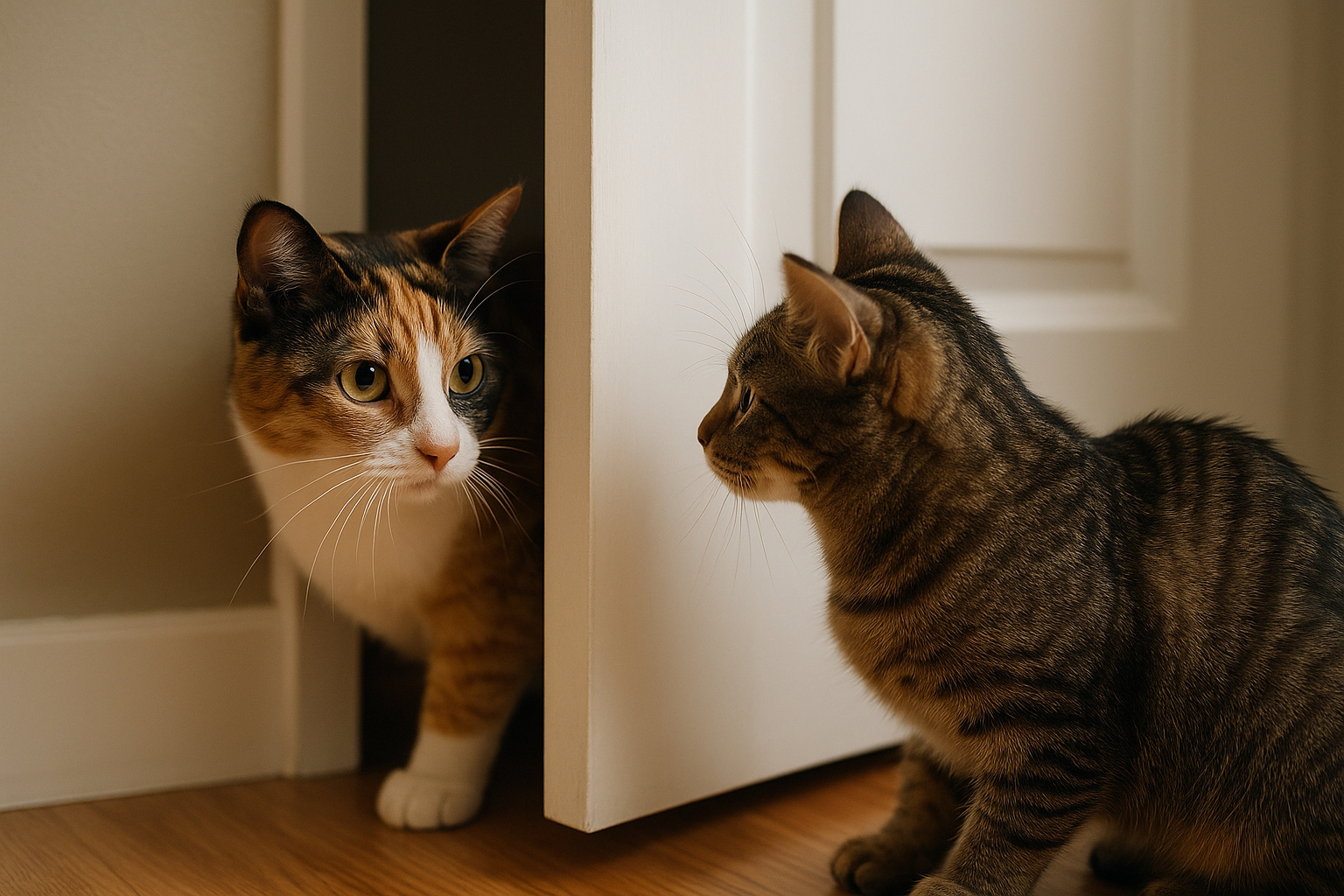One of the biggest debates in feline nutrition is wet food vs. dry food. Some owners swear by the convenience of kibble, while others insist that wet food is the only healthy choice. The truth is, both have pros and cons — and the right choice depends on your cat’s age, health, preferences, and your ability to provide a balanced diet.
Let’s break it down so you can make the best choice for your feline friend.
Understanding a Cat’s Nutritional Needs
Cats are obligate carnivores, meaning their bodies are designed to get most of their nutrients from animal protein, not plants. Unlike omnivores (like dogs or humans), cats have unique dietary requirements:
- High protein from animal sources for muscle maintenance and energy.
- Taurine, an essential amino acid only found in animal tissue.
- Arachidonic acid, a fatty acid also found in animal fat.
- Vitamin A in its preformed version (retinol), since cats can’t convert beta-carotene from plants into usable vitamin A.
- Water — lots of it. Cats naturally have a low thirst drive because their ancestors got most of their hydration from prey.
Keeping these needs in mind is the key to deciding between wet and dry food.
The Case for Wet Food
Wet food (also called canned food) has a high moisture content — usually around 70–80%. This makes it much closer to a cat’s natural diet in terms of hydration. Here’s why many experts recommend wet food:
1. Better hydration
Because cats often don’t drink enough water, wet food helps prevent dehydration. This is particularly important for cats prone to urinary tract problems, kidney disease, or constipation.
2. High protein, low carbs
Many wet foods contain fewer carbohydrates than kibble, which is better for weight management and blood sugar control.
3. Easier to chew
For kittens, seniors, or cats with dental problems, wet food is easier to eat and digest.
4. Palatability
Wet food is often more appealing to picky eaters due to its smell, texture, and taste.
Drawbacks:
- More expensive per serving than dry food.
- Shorter shelf life once opened.
- Can be messier to serve and store.
The Case for Dry Food
Dry food (kibble) is popular for its convenience. It’s easy to measure, store, and leave out for free-feeding cats. Here’s why some owners prefer dry food:
1. Convenience
You can leave it out without worrying about it spoiling quickly — great for cats who graze throughout the day.
2. Cost-effective
Dry food tends to be less expensive than wet food, making it more budget-friendly for multi-cat households.
3. Dental benefits — with a catch
Some people believe kibble helps clean teeth, but this is only partially true. While chewing can help scrape off some tartar, many cats swallow kibble whole, so it’s not a substitute for proper dental care.
Drawbacks:
- Low moisture content (around 10%), which can contribute to dehydration.
- Often higher in carbohydrates, which can lead to weight gain.
- Less palatable for some cats.
Can You Feed Both?
Absolutely. Many cat owners choose a mixed feeding approach — offering wet food for hydration and taste, and dry food for convenience and snacking. This method can provide the best of both worlds, as long as you monitor calorie intake to avoid overfeeding.
A common strategy is:
- Morning and evening meals: Wet food
- Small measured portion of dry food: For between meals or overnight
How Much Should You Feed?
Every cat’s calorie needs are different. Factors like age, weight, activity level, and health conditions matter. Your vet can give you the most accurate guidance, but here’s a general rule of thumb:
- Indoor adult cat: About 20 calories per pound of body weight per day.
- Kittens: Need more calories for growth.
- Seniors: May need fewer calories, unless underweight.
Always use a measuring cup for dry food and follow the serving recommendations on the packaging for wet food — adjusting as needed based on your cat’s weight and body condition.
Common Feeding Mistakes
Even with the best intentions, cat owners can make some nutritional missteps. Here are the most common:
- Free-feeding without portion control – Leads to obesity.
- Switching foods too quickly – Causes digestive upset. Always transition over 7–10 days.
- Feeding only one type of protein forever – Cats benefit from variety, as long as changes are gradual.
- Giving dog food – Not nutritionally adequate for cats.
- Relying on homemade diets without expert guidance – Risk of nutrient deficiencies.
Special Diet Considerations
Some cats need specialized diets:
- Urinary health diets for cats prone to bladder crystals or stones.
- Renal diets for cats with kidney disease — lower in phosphorus and protein.
- Weight management diets for overweight cats.
- Hypoallergenic diets for cats with food sensitivities.
Always consult your vet before making a big dietary change.
Transitioning to a New Food
If you’re changing your cat’s diet — whether from dry to wet, wet to dry, or just switching brands — go slow. Mix the new food with the old food, gradually increasing the new food ratio over a week or more. This helps your cat adjust to new flavors and textures while avoiding stomach upset.
Final Thoughts
Feeding your cat right isn’t about choosing the “perfect” food — it’s about finding what works best for your cat’s health, lifestyle, and preferences. For some, that’s high-quality wet food twice a day. For others, it’s a balanced combination of wet and dry. And for cats with special health needs, it might be a prescription diet.
The most important thing is to prioritize high-quality ingredients, adequate hydration, and portion control. When you do that, you’re setting your cat up for a healthier, happier life — and that’s something every cat owner wants.



